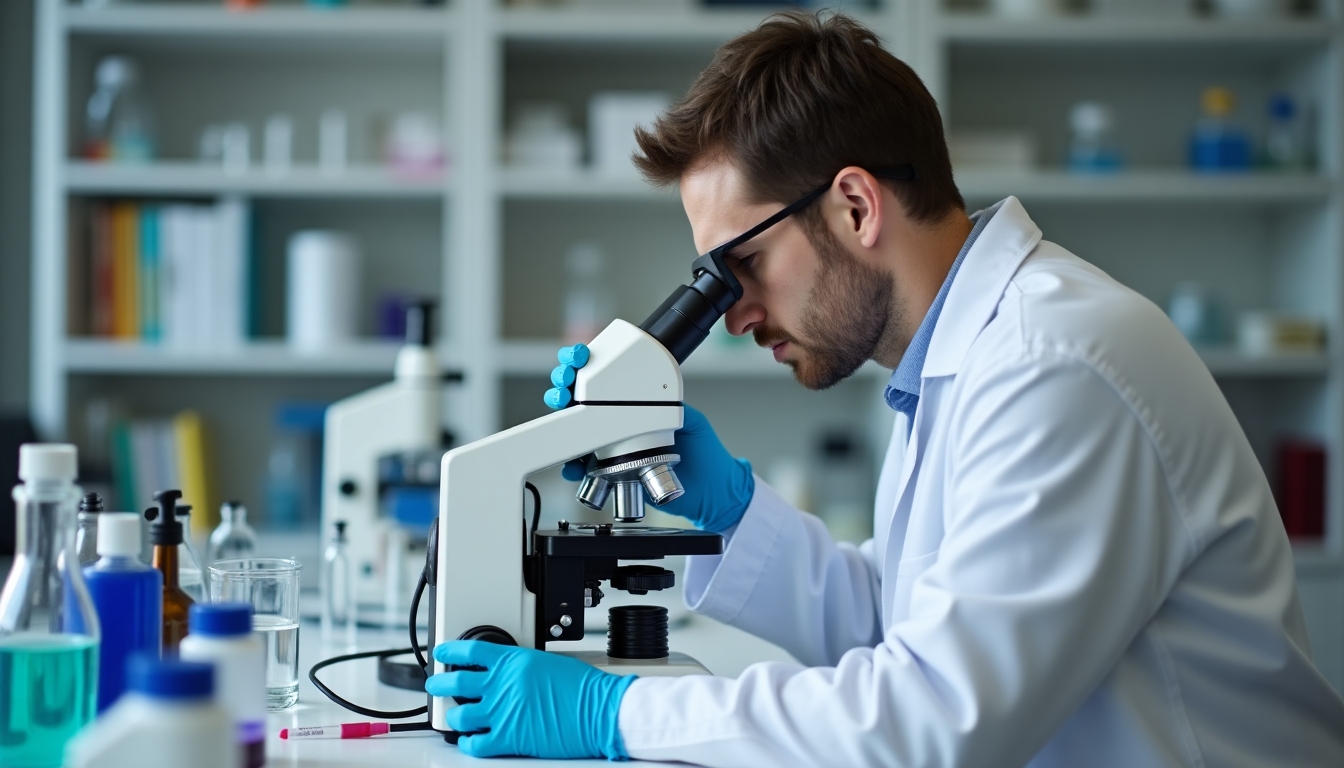A Comprehensive Guide to Semen Analysis and Sperm Motility
Dec. 1, 2024, 4:41 a.m.
Semen Analysis and Sperm Motility: Understanding Male Fertility
Semen analysis and sperm motility are crucial factors in assessing male infertility. This guide delves into their roles, offering insights and tips for improving fertility.
Semen Analysis: A Critical Test for Male Infertility
Semen analysis is a fundamental test used to evaluate a man’s fertility. It measures the quantity and quality of semen and sperm. Many couples struggle with infertility, and often, the male partner undergoes a semen analysis to assess potential issues.
The analysis looks at several parameters, including: - Sperm Concentration: The number of sperm present per milliliter of semen. - Sperm Motility: The percentage of moving sperm and the quality of movement. - Sperm Morphology: The size and shape of sperm. - Volume of Semen: The total amount of semen ejaculated.
Importance of Sperm Motility
Sperm motility is a critical factor. It refers to the sperm’s ability to move efficiently through the female reproductive tract to fertilize an egg. Poor motility can lead to infertility because the sperm struggle to reach and penetrate the egg. Improving lifestyle factors, such as diet and exercise, can enhance sperm motility.
The World Health Organization (WHO) provides a benchmark for normal sperm motility: - Progressive Motility: At least 32% of sperm should demonstrate a forward-moving trend.
Semen analysis results help in diagnosing these issues, thus playing a pivotal role in formulating a treatment plan.
Personal Perspective: Reflecting on my own experience with a semen analysis, I initially felt apprehensive. However, understanding that this is a step toward finding solutions was reassuring. The process was straightforward, leading to useful insights into my health.
Factors Affecting Sperm Motility
Lifestyle choices significantly impact sperm health. Here are some key factors:
- Diet: Consuming antioxidants found in fruits and vegetables can enhance sperm quality.
- Exercise: Regular physical activity boosts overall health and sperm quality.
- Avoiding Toxins: Limiting exposure to environmental toxins, such as pesticides, can improve motility.
| Factor | Impact on Sperm Motility |
|---|---|
| Smoking | Decreases motility |
| Alcohol | Lowers motility |
| Stress | Negative impact |
| High Temperature | Detrimental to sperm |
Overcoming Male Infertility
Addressing male infertility often involves lifestyle changes and sometimes medical interventions. It is essential to follow a healthcare provider’s guidance. Options may include: - Medication: To address hormonal imbalances. - Surgery: For physical blockages. - Assisted Reproductive Technologies (ART): Such as IVF with ICSI.

Role of Healthcare Providers
Having a supportive healthcare provider makes all the difference. They offer guidance, interpret results, and recommend treatment plans specifically tailored to individual needs. Don’t hesitate to ask questions and seek clarifications; understanding the situation fully is empowering.
